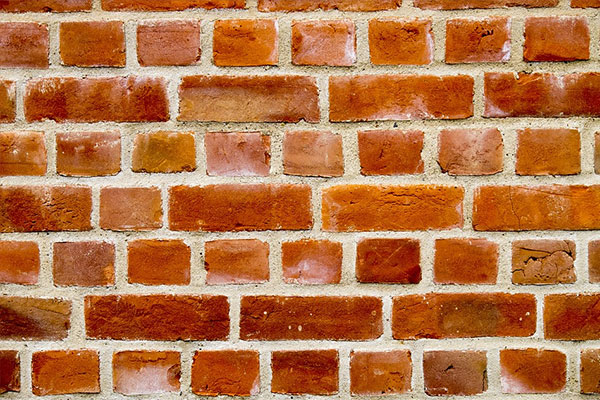
How to tell if you have cavity walls
Cavity wall insulation prevents warmth escaping from your home and is a great way to save energy and reduce your heating bills. How do you tell if your house has cavity walls? How does cavity wall insulation work? Can it be retro-fitted if you don’t have it? Read on to find out.
What is Cavity wall insulation & how does it work?
Most modern homes have two layers of brickwork in their external walls, with a small air-gap in between. This gap is known as the cavity. Builders started doing this in the early part of the 20th century in order to prevent damp from penetrating through to the inside of the house. The air layer also acts as an insulator and prevents some (but not all) heat loss.
Cavity wall insulation is a material that can be placed inside the cavities, improving your house’s ability to retain heat. Think of it like putting a big blanket around your home. Having your cavities insulated reduces the amount of energy needed to heat your home, resulting in lower energy bills and a lower carbon footprint.
New regulations were introduced in the 1980s stating that all new homes must be built with cavity wall insulation.
How do I know if I have cavity walls?
There are two main types of wall – cavity walls and solid walls. The easiest way to tell which kind you have is by looking at the brick pattern.
Cavity walls will have an even brick pattern like the one shown below, with the long sides of the bricks visible:
Solid walls have an alternating pattern of long and short bricks, as shown in this photo:
If your house has solid walls and you want to add extra insulation, you will have to look into other options such as external insulation systems.
What if I can’t see the brickwork?
What if your walls are covered in render or some other covering? Try opening your front door or a window, and take a look at the thickness of your external wall. Cavity walls will be thicker than solid walls. If your walls are more than 260mm thick (approx. 10 inches), it is likely that they are cavity walls.
If all else fails, you can use the age of your house as a guide. If it was built before 1920, it is likely that it has solid walls. If it was built more recently, chances are it has cavity walls.
How do I know if my walls are already insulated?
So you’re fairly certain that your house has cavity walls. The next question is this – are they already insulated? There a two ways to tell.
1. Look for drill holes. Cavity wall insulation can be retro-fitted into empty cavities, which may have been done by a previous owner or your landlord. One of the tell-tale signs of this is small drill holes in the mortar between the bricks. Take a look below your living room window, as this is a common place to drill. The holes will have been filled, but will still be just about visible, and be roughly the size of a 50 pence piece.
2. Check the age of your house. As we mentioned in the beginning of this article, houses built from the 1980s onwards will almost definitely have insulation. If you live in a newer home, it is probably already insulated.
If you’re still not sure, find a local energy saving company and ask them to inspect your walls.
Can I get my empty cavity walls insulated? How much does it cost?
Empty walls can be retro-fitted with cavity wall insulation. This is done by drilling a few small holes and pumping the insulation material into the cavities.
Be sure that you use a trustworthy company that has been approved by CIGA, and don’t try to install the insulation yourself. Getting it wrong can cause serious damage and long-term problems.
According to the Energy Saving Trust, it costs approximately £475 to insulate a typical semi-detached home. However you may be eligible for government funding to cover part or all of the cost, depending on where you live and the current condition of your house. Check with your local council to find out.



